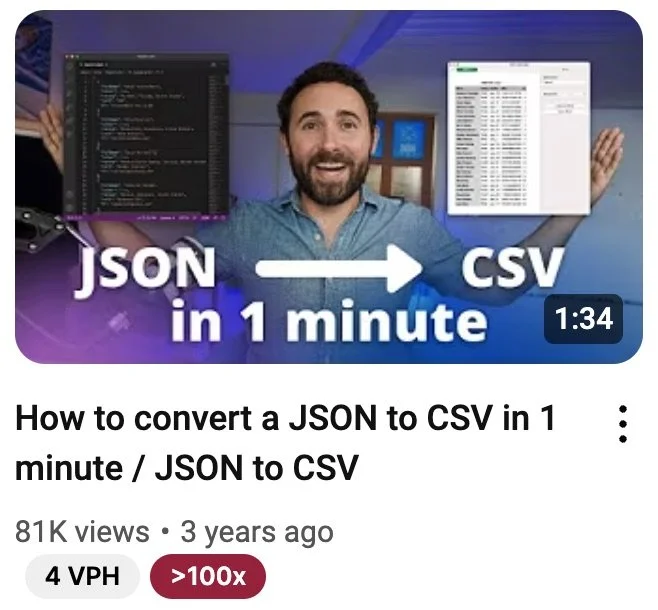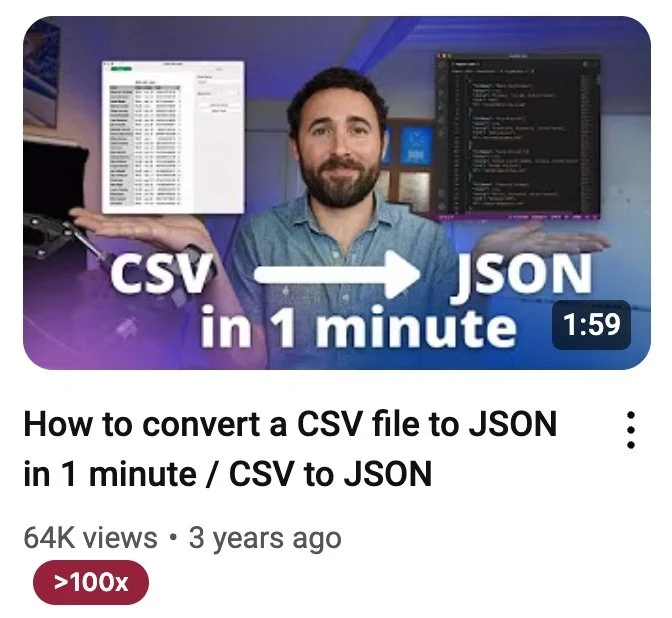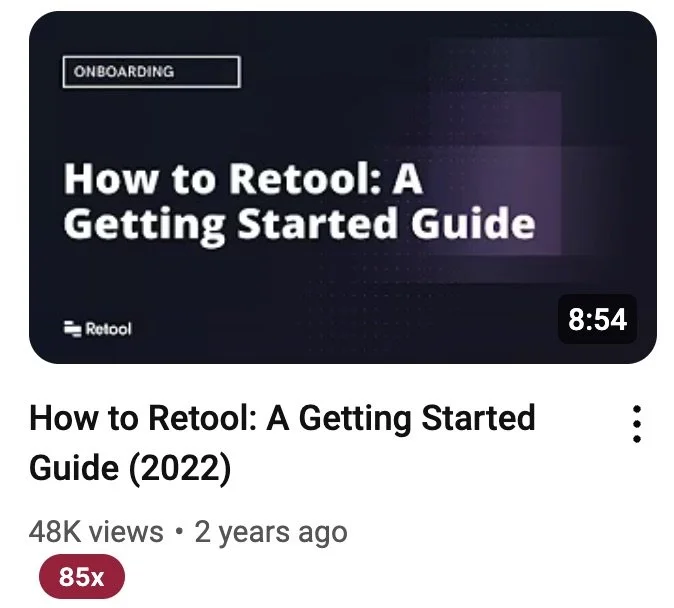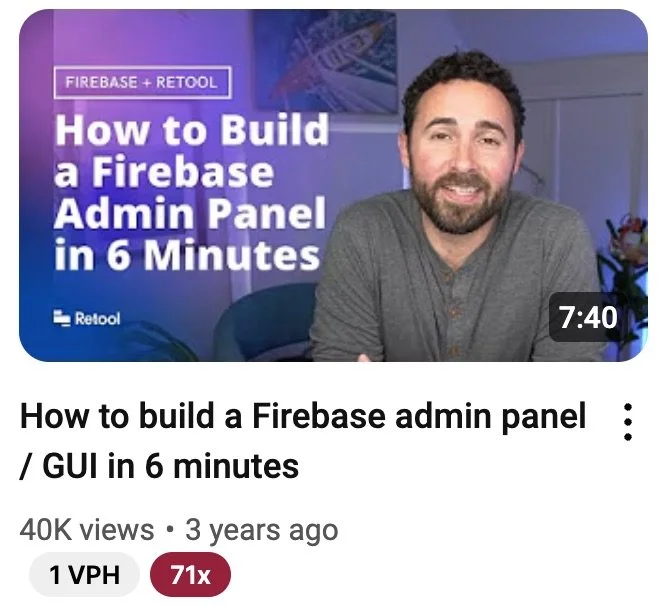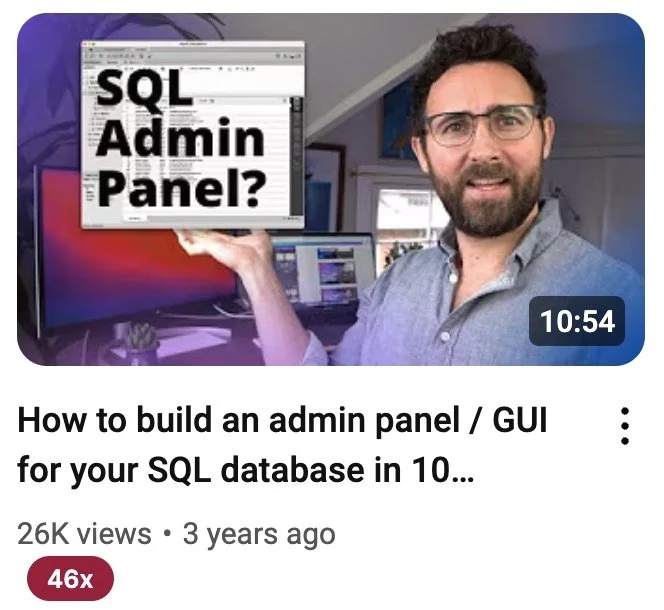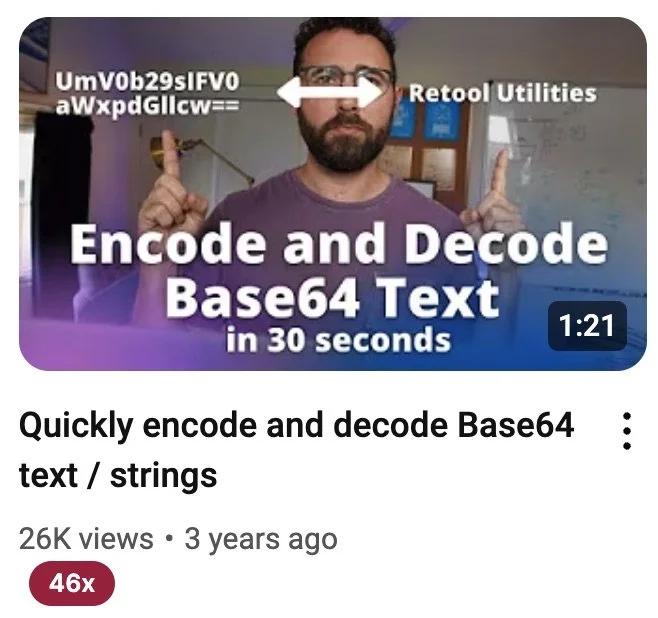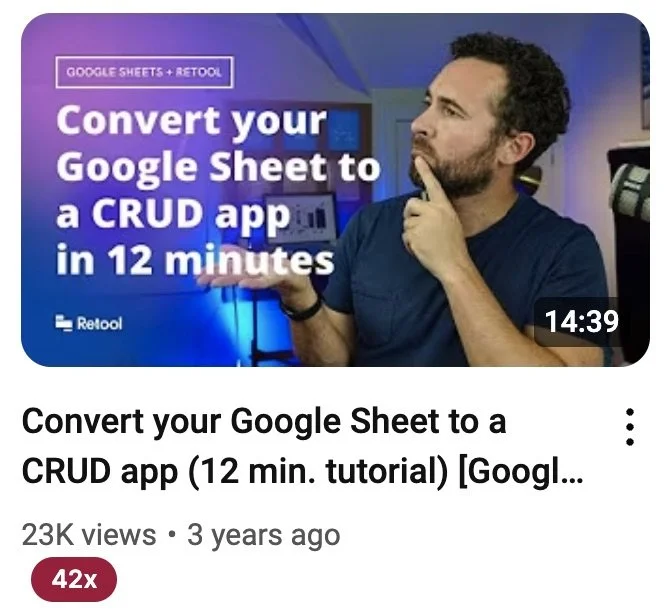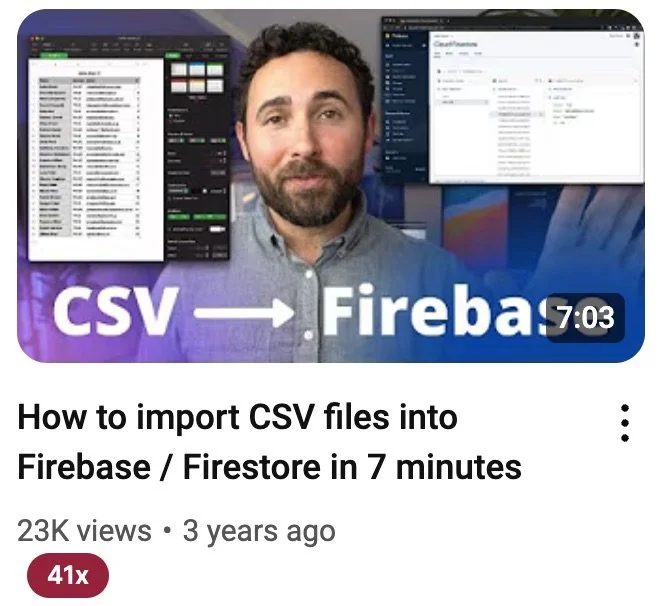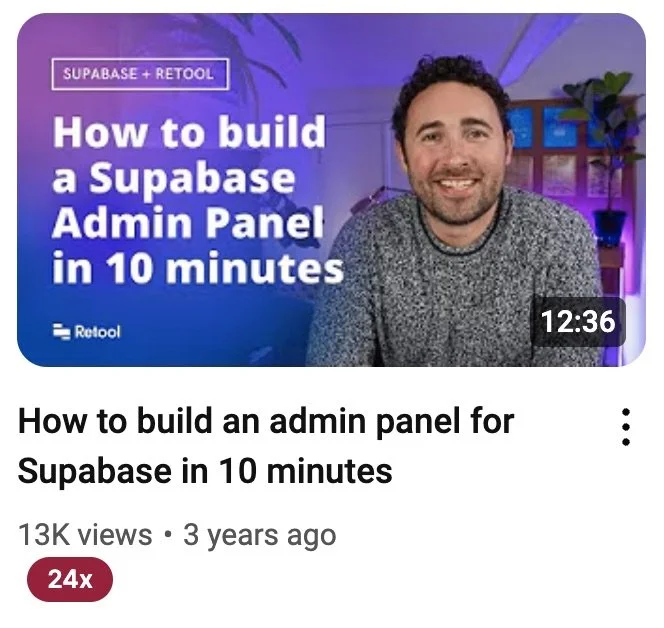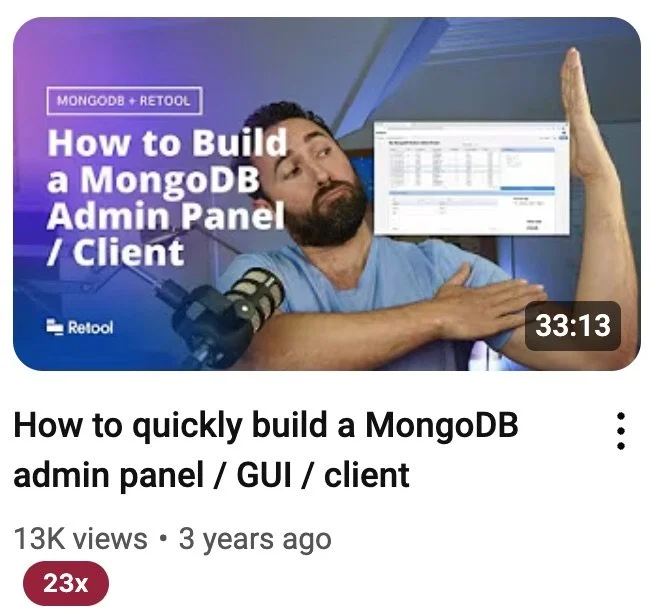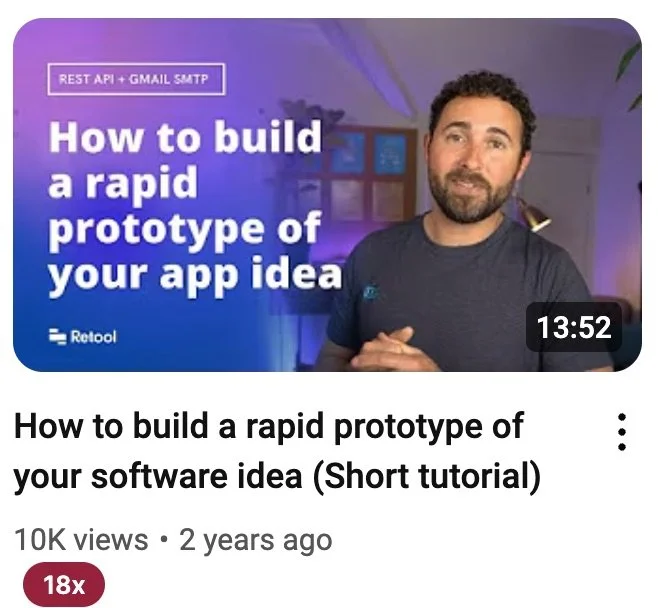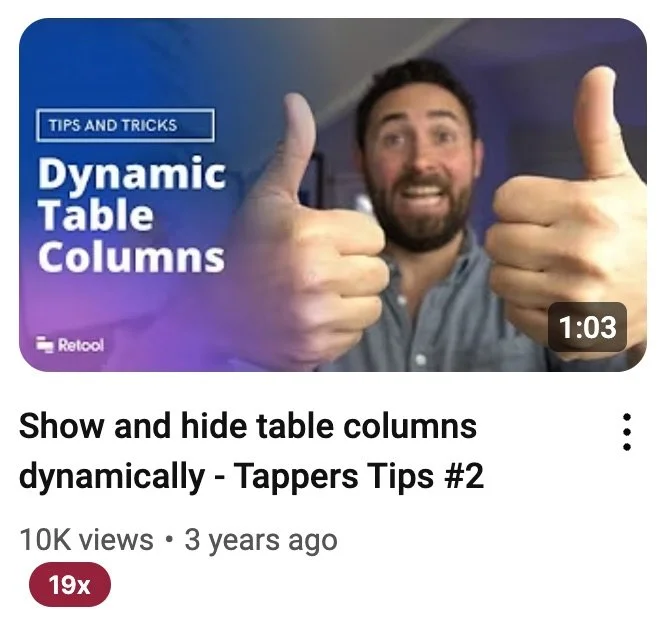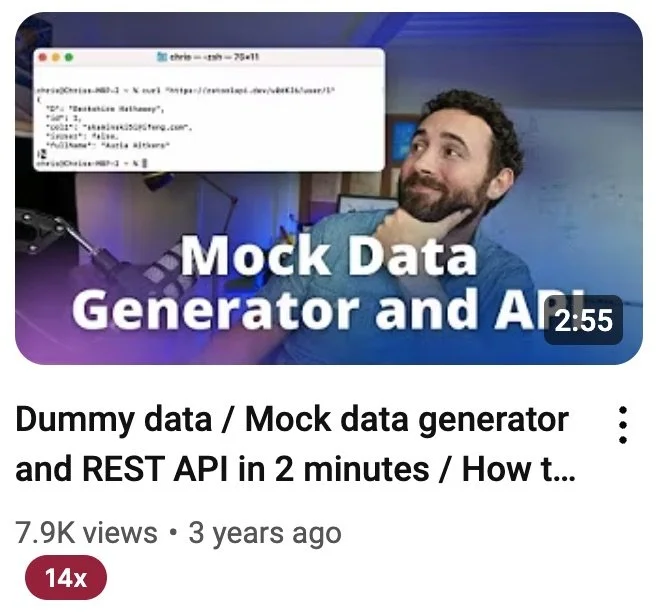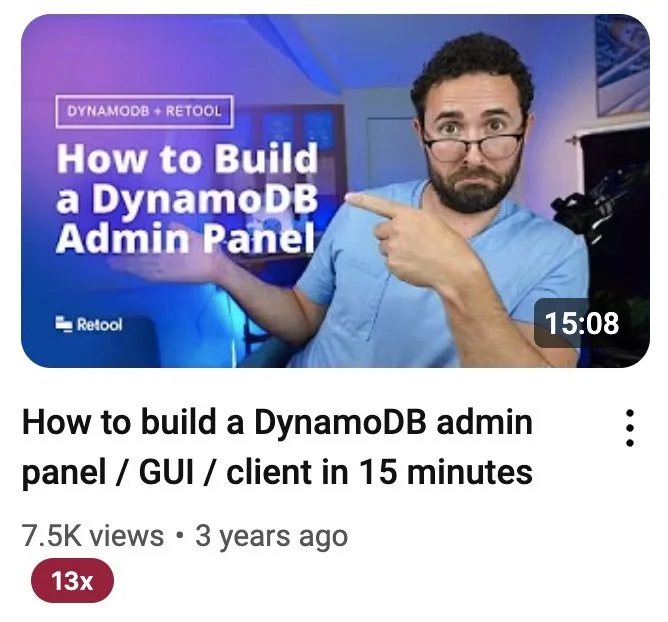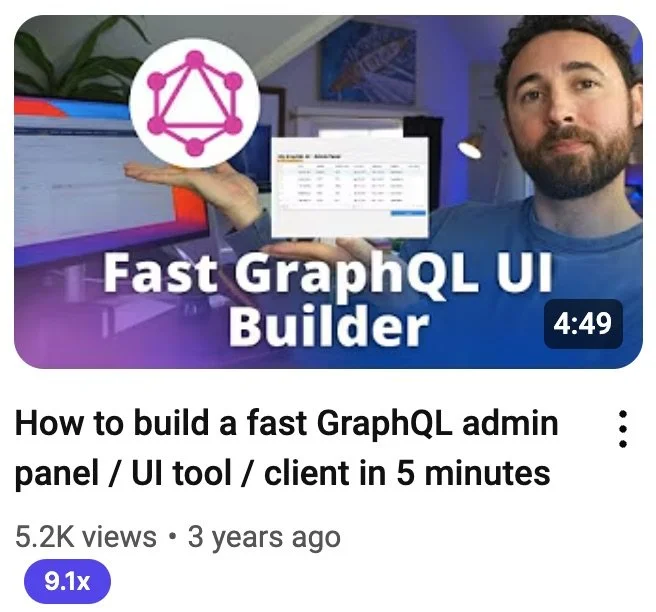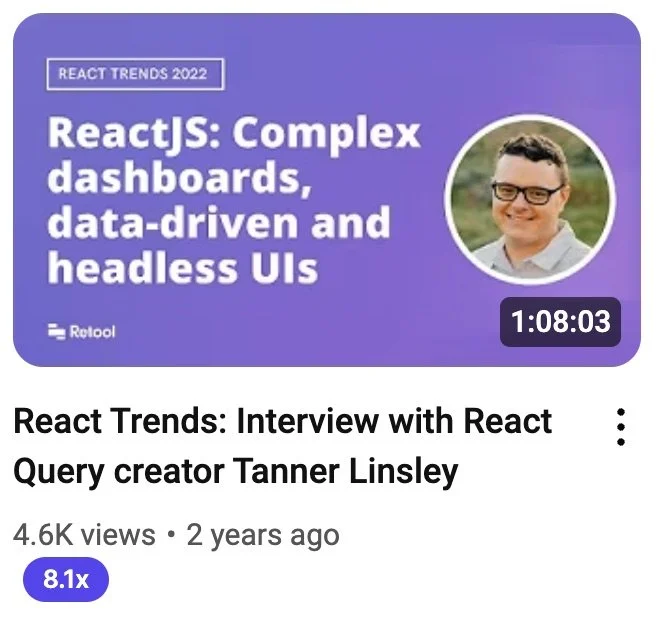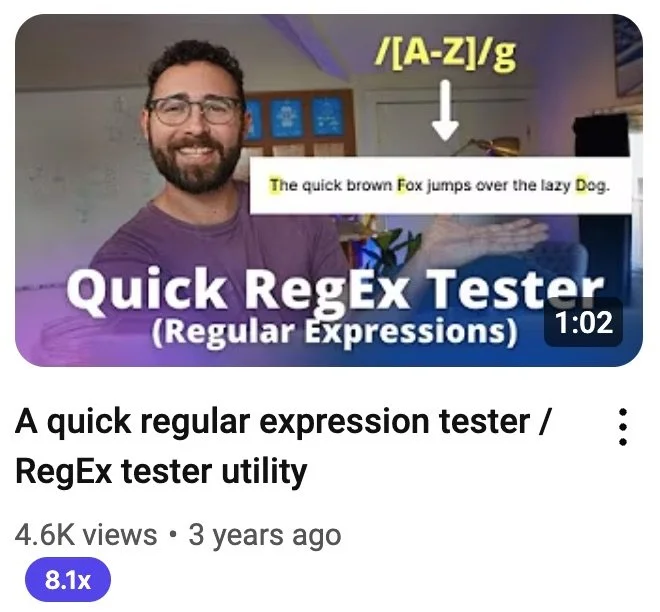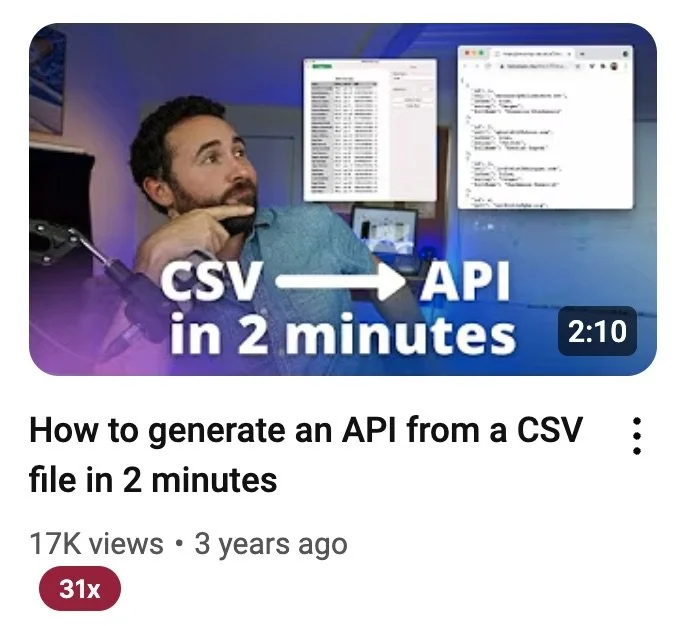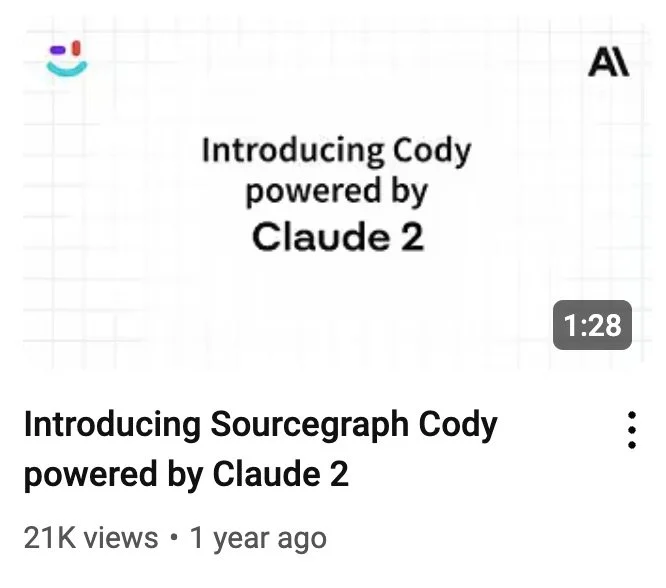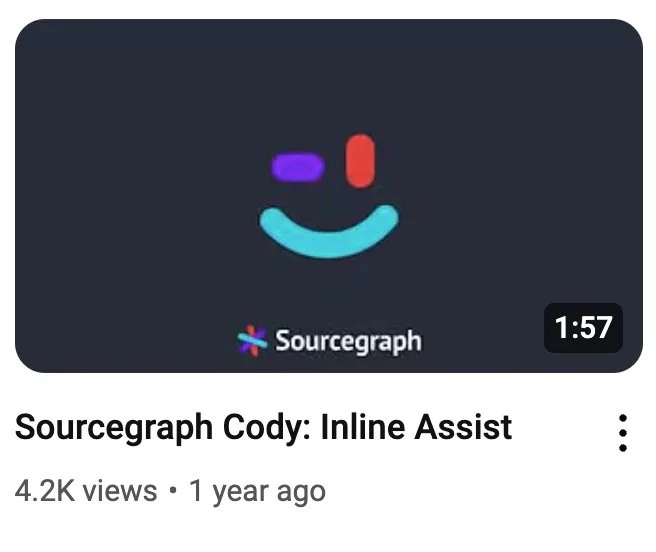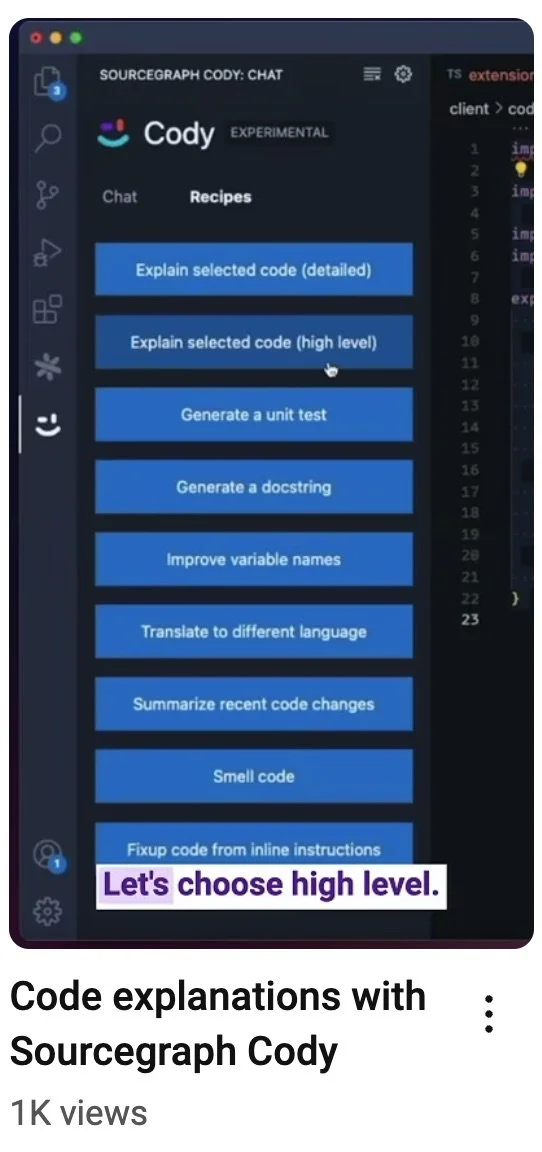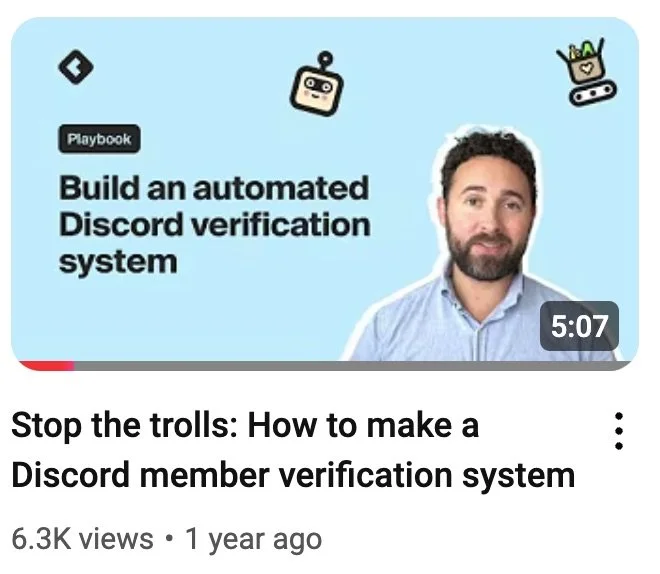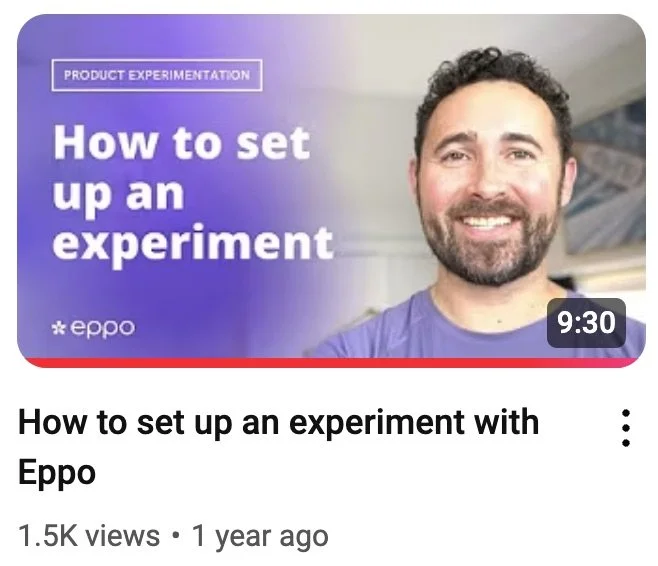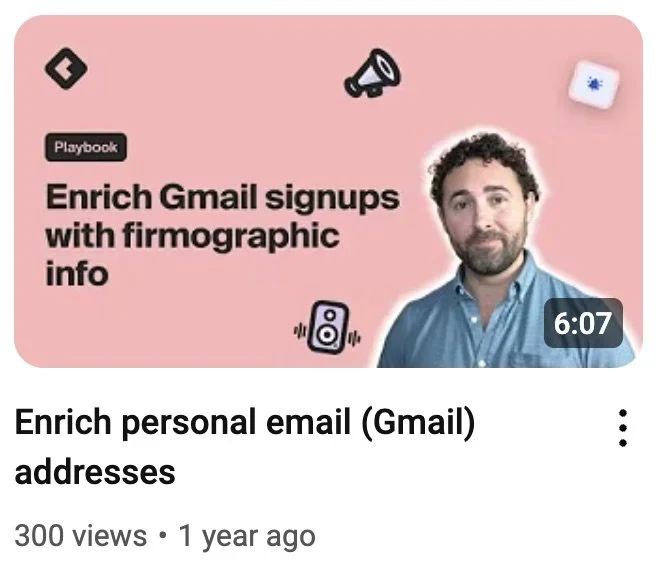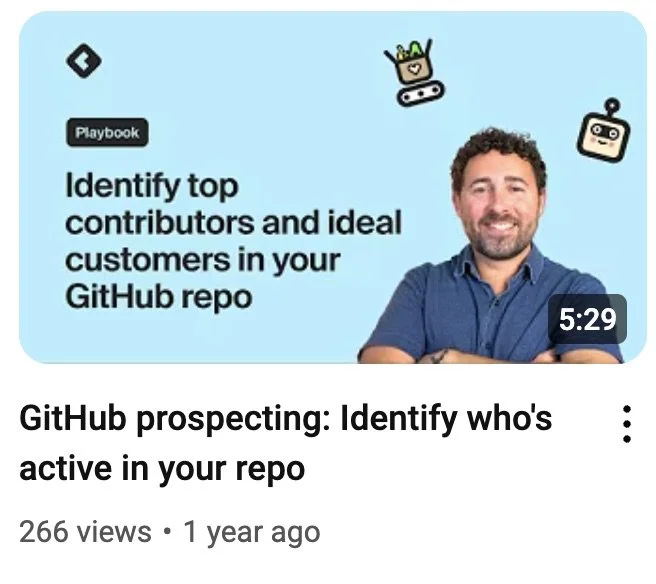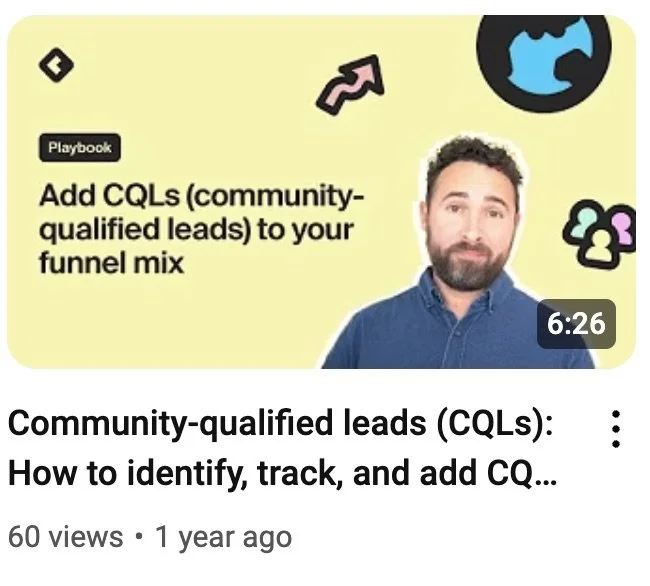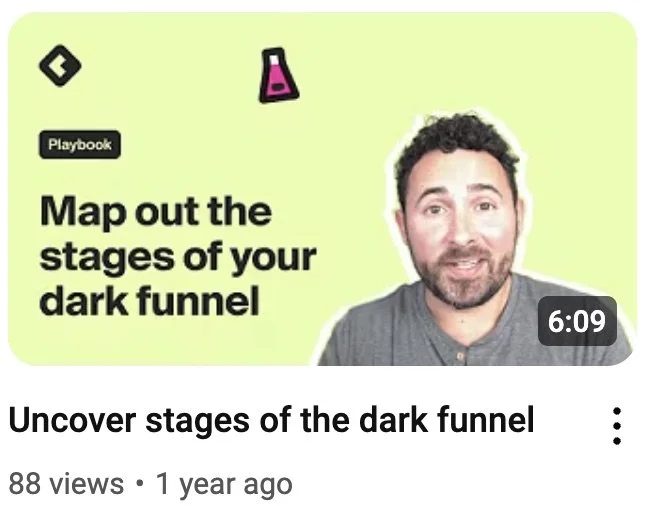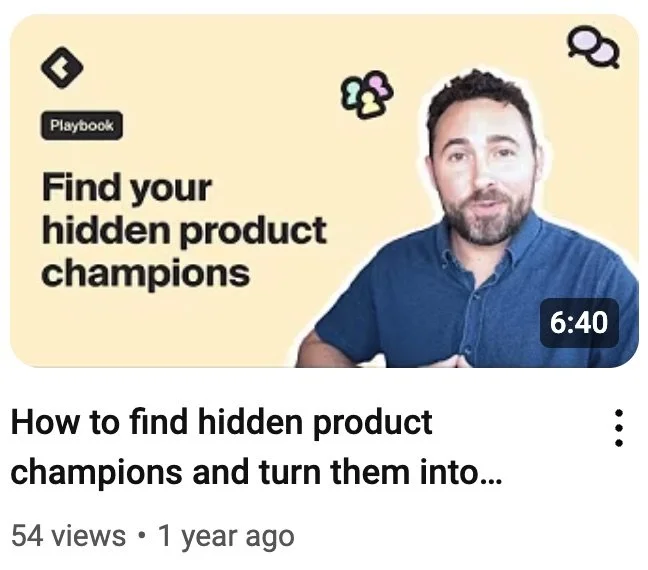Videos
Over the years, I helped companies grow by creating high-quality video content on technical topics, including tutorials, product demos, interviews, tech comparisons, and collaborations with other creators. My approach combined strategic content planning with professional production techniques to maximize reach and engagement.
I utilized tools to analyze YouTube search traffic, identifying opportunities to rank on the first page for various relevant search terms. After gathering data, I collaborated with businesses to brainstorm content ideas, and together we selected one or two topics to start with.
Once the topics were chosen, I produced videos focused on their products and sent them for review and publishing. My videos stood out because I prioritized a few key elements:
High-quality sound and video (1080p+), using nice lenses and backdrops.
Post-processing edits to make UIs and coding more understandable, with proper zoom levels and timing.
Supporting graphics that provided big-picture context and smoothly transitioned to detailed information.
Trimming and cutting content to deliver the quickest time-to-value for viewers, including editing down screenshares and removing filler words.
Designing high-quality, engaging thumbnails.
One of the defining features of my work was maintaining a down-to-earth, human tone. My videos weren’t overly edited or produced, giving them a natural, relatable feel—like a casual conversation where someone just dropped by my office to learn about a cool technology. This approach also allowed me to turn around videos quickly. I preferred working with clients who valued this authentic tone over coming off as overly professional.
In addition to standalone videos, I conducted topical interviews with experts or customers and collaborated with other technical content creators and influencers to ensure immediate distribution through their audiences.
This process yielded significant results. For example, I was able to get Retool in front of 500k people organically searching on Google and YouTube by creating content that genuinely solved their problems. By partnering with other creators and influencers with large followings, Retool reached an additional 1M+ people. The content I produced was evergreen, continually bringing the Retool product to hundreds of new users daily.
Why Companies Should Invest in Technical Video Content
YouTube is the second largest search engine, and many developers use it as their primary learning and problem-solving tool. Video is an incredibly efficient medium for communicating complex explanations and tutorials.
However, most companies—especially startups—struggle to execute well in the video domain. They either publish sporadic, low-quality Zoom recordings with grainy video, poor slide transitions, and bad audio, or they invest heavily in a few high-quality videos that feel overly professional and mechanical.
This gap presents a significant opportunity to reach relevant users by being the first to offer high-quality video content on long-tail technical topics. While it takes effort to execute well, the potential return on investment can be substantial. My work demonstrated that with the right strategy and execution, technical video content could drive growth and deliver lasting value.
Some other video projects I’ve worked on

